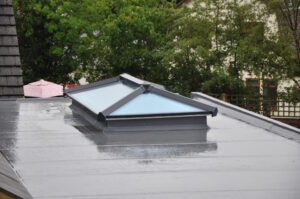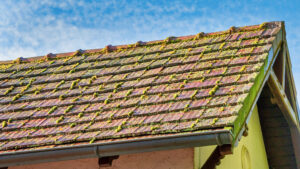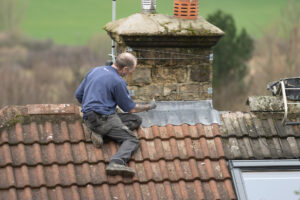The U.S. Department of Commerce, Storm Prediction Center, and National Weather Service revealed that in 2022, Texas faced the highest number of hail events, which was – 458. Insurance claims in areas like League City were similarly affected. Considering the disasters that hail tends to cause, it is vital that your roof is assessed to ensure that your home/building is safe and repaired for the damages it has sustained.
If there has been a hail event, then WABO Roofing can have your roof assessed for you.
Hail Events are Catastrophic
Hailstorms can cause severe damage to roofs. While some may be quite apparent, others may not be instantly visible to the eyes and may compromise structural stability. Roofing Professional roofing contractors like WABO Roofing must promptly and accurately analyze hail damage to comprehend the specifics of this evaluation process so they can precisely understand the state of the roof and inform the homeowners about the state of the roof and the required replacements or repairs.
What is Roof Hail Damage Assessment?

Evaluating hail damage to a roof is a crucial procedure that requires close inspection to ascertain the degree of damage and the actions required for replacement or repair. Hail can be disastrous for the roof and cause it to leak, damage the structure, and impact its longevity. A number of procedures must be performed, including careful inspections and evaluation of various roofing materials, in order to assess roof hail damage accurately.
Pre-Assessment Process
The first step in the assessment process is a pre-assessment process during which details about the hailstorm, such as the size of the hailstones, the wind speed, and the duration of the storm, are understood. This information helps estimate the potential impact on the roof and checks the attic for leaks, water stains, and other damages. Understanding these important things helps to understand the nature of the impact and the severity of the damages that the roof may have sustained post the hail storm.
Assessment of the Roof
The roof inspection is a comprehensive process that is performed very carefully. Here are some types of damages for which the roof should be inspected:
Types of Hail Damages to Look for During the Inspection of Roof
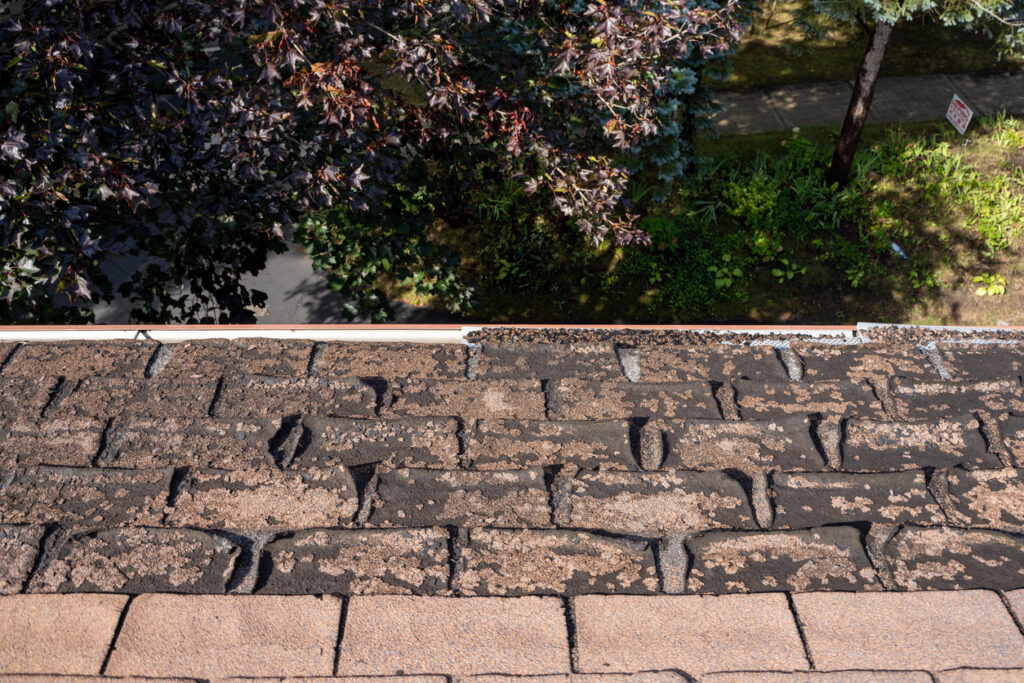
Cracks – If your roof is made from materials like clay tiles or wood, hail can cause them to crack. If left unaddressed, the cracks will widen and give way to water and other particles inside the roof and weaken it.
Dents – Sometimes, hailstones are quite big and can cause dents on the roofing materials. Depending on the force with which they hit the roof, the dents may be shallow or deep. These dents destroy the aesthetic appeal of the home and also impact its structural integrity.
Granule Loss – The impact of hail can lead to the loss of granules on asphalt shingles, which can compromise their protective covering and expose the underlying material to UV radiation and other environmental conditions that might cause damage.
Punctures – Severe hailstorms have the ability to pierce some types of roofing, which could result in leaks and, therefore, cause water damage to the building.
Fractures – Roofing materials made from clay or concrete are especially prone to fractures during a hail event. These fractures make way for water to penetrate and cause damage, which weakens the overall structure.
Some Signs of Damage to Look Out for Different Roofing Materials May
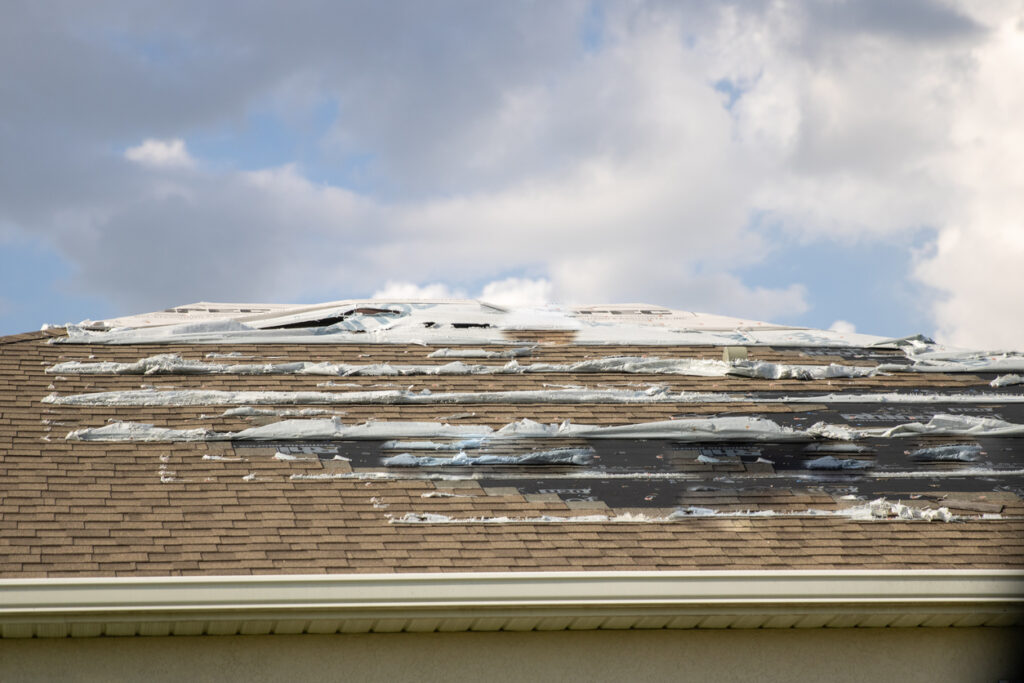
Metal Roofs
Metal roofs exposed to hail can sustain damages, and their protective coatings can be chipped off. Our inspection officers will determine the extent of the dents and check for potential rust or corrosion.
Asphalt Shingles
Roofs with asphalt shingles often face damage like cracks, dents, and granule loss. It is important to look out for the extent of granule loss as they protect the shingles and must be restored if lost.
Clay Tiles
Hail storms can cause clay tiles to crack or fracture. They should be checked for any points that could let water penetrate.
Wood Shingles
Hail can cause wood shingles to break, split, or crack. The roof should be inspected for hidden structural damages, too.
Document the Findings
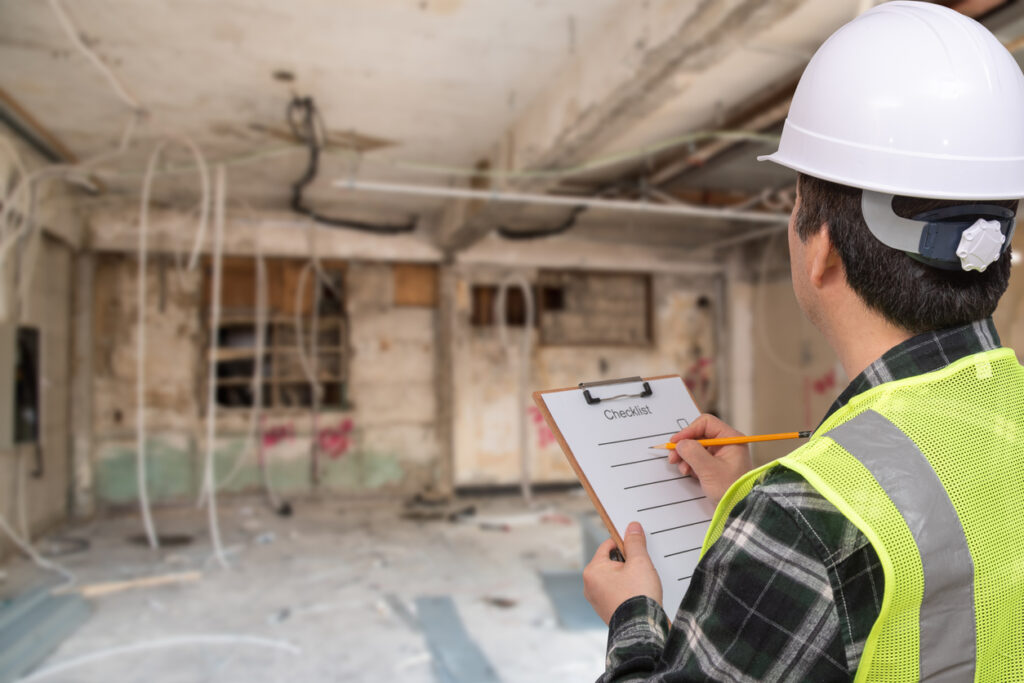
Precise record-keeping is an essential component of evaluating roof hail damage and is a vital tool for insurance claims, maintenance needs, and lawsuits (if required). Thorough documentation enables a thorough comprehension of the magnitude of the damages and proof to back up any claims.
Photographs and Videos
Documenting the scope of the hail damage requires visual documentation like videos and pictures. A clear picture of the damaged areas can be obtained by taking close-ups of any dents, fractures, punctures, or other visible damages. Pictures of the entire roof damage should be taken from different angles to illustrate the damages clearly and understand the overall impact of the damage. Videos are especially helpful in providing a comprehensive overview of the impacted areas and in demonstrating the extent of the devastation.
Comprehensive Notes
Accurate and thorough notes are essential for documenting certain observations made throughout the evaluation. The locations of the damaged sections on the roof, the precise observations of the roof inspector of the damage, and any other relevant information – like the degree of the damage and any potential safety risks. Everything should be written down in detail. Furthermore, documenting the temperature, wind speed, and presence of any precipitation throughout the assessment can be very helpful in providing important background information for the analysis.
Measurements
The exact measurements of the affected regions should be mentioned to determine the extent of repairs or replacements. Quantitative information that aids in assessing the degree of structural damage can be obtained by measuring the size and depth of dents, fractures, and punctures. Measurements in the paperwork guarantee accuracy and clarity in the evaluation report, allowing contractors and insurance adjusters to decide on the appropriate repairs.
Dates and Timestamps
It is essential to include the date and time of the assessment in the record as it creates a sequence of events and ensures the evaluation has been completed immediately after the hailstorm. Timely assessments offer a detailed picture of the conditions at the time of the inspection and aid in preventing any anomalies in the evaluation process.
You can rely on WABO Roofing for a professional hail damage assessment of your roof.


